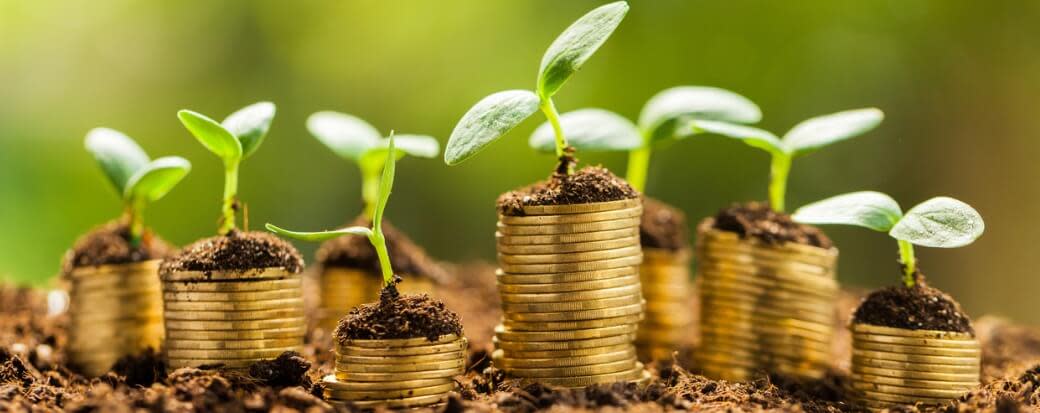Guide to Green Loans

Share this article:
Editor’s note: Lantern by SoFi seeks to provide content that is objective, independent, and accurate. Writers are separate from our business operation and do not receive direct compensation from advertisers or network providers. Read more about our Editorial Guidelines and How We Make Money.
What Are Green Loans?
How Do Green Loans Work?
What Can Green Loans Be Used For?
Solar panels Insulation Tankless water heaters Energy-efficient exterior doors Energy-efficient windows Energy-efficient appliances Smart thermostats Low-flow toilets and shower heads
The Importance of Green Loans
How Can You Get a Green Loan?
Green Loans vs. Sustainability-Linked Loans
Pros and Cons of Green Loans
Alternatives to Green Loans
Home equity loan or HELOC. One alternative to a green loan is a home equity loan or a home equity line of credit (HELOC). These types of financing let you borrow funds based on the amount of equity you have in your house. The interest rates are typically lower than they are for a green personal loan. The interest on home equity financing may be tax deductible if the funds are used to improve the value of your home.
Cash-out refinance. A cash-out refinance allows you to refinance your mortgage while borrowing money at the same time, based on the equity you have in your home. With cash-out refinance, you borrow a new mortgage for a larger amount than the current mortgage. You receive the difference in cash for your home project. Lenders often limit cash-out refinances to 80 percent of the equity a borrower has in their home. You’ll pay closing costs and need to have your house appraised.
Personal loan. Another option is to take out a traditional personal loan or personal loans for home improvement. With a personal loan, a bank, online lender, or credit union lends you a lump sum that you repay with interest in installments over time. The higher your credit score, the lower the interest rate you may get. You can shop around for the best personal loan rates and terms.
The Takeaway
Frequently Asked Questions
Photo credit: iStock/artisteer
LCPL1222004
About the Author
Lauren Ward is a personal finance expert with nearly a decade of experience writing online content. Her work has appeared on websites such as MSN, Time, and Bankrate. Lauren writes on a variety of personal finance topics for SoFi, including credit and banking.
Share this article: